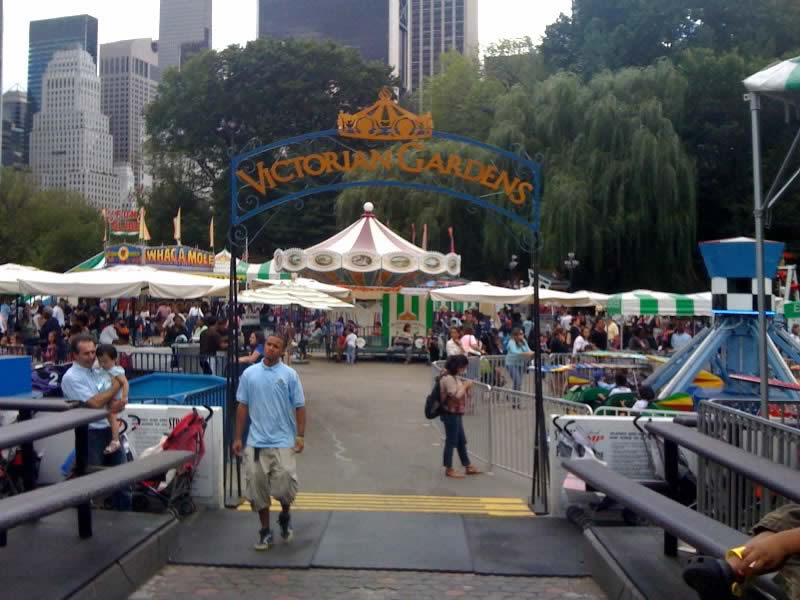Living near a park or other green space appeared to benefit city kids with severe asthma, especially older kids who were more likely to play outside on their own, according to researchers here.
For every 305 meters (about 1,000 feet) between home and park, children had 1 extra day of asthma symptoms. In addition, children who lived next to a park averaged 5 symptomatic days and children living 305 meters from the park had 6 symptomatic days, reported Kelli DePriest, a PhD candidate at Johns Hopkins University School of Nursing in Baltimore, and colleagues.
Among older children (ages 6-12), those living next to the park had an average of 5 symptomatic days, they said in a early presentation at the European Respiratory Society (ERS) International Congress.
Urban living is a known risk factor for asthma in children, as well as poorly controlled disease, but it is less clear if having access to a park or other green space, and utilizing these spaces, benefits city kids with severe asthma that is poorly controlled, DePriest noted.
“According to health department statistics, Baltimore has the highest pediatric asthma hospitalization rate of any city in the United States,” she told MedPage Today. “That made it a good place to look at the impact of living close to a park or green spaces on asthma severity in children with pretty severe asthma.”
Baltimore is a city of around 620,000 people, with levels of pollution similar to New York and Los Angeles, but slightly lower than those in London and Milan.
The study included 196 children, ages of 3 to 12 years, who had either visited emergency departments at least twice or had asthma-related hospitalizations during the past year.
“This group of children are predominantly African American, Medicaid insured, and their families are from a lower socioeconomic status, which means they represent a population at high risk for asthma-related mortality,” DePriest said in an ERS press statement.
The children’s parents were asked how many days their child had suffered with symptoms such as being short of breath, chest pain, and wheezing.
Researchers also mapped the distances between the children’s home addresses and the closest green space.
The average length from home to the nearest park averaged around 250 meters, or about two city blocks. While some children lived immediately next to a green space, others were more than a kilometer (about 3,300 feet) away.
The effect seemed strongest for children ages 6 years and up, DePriest noted. “This might be because they have more freedom to choose where they want to go compared to younger children. These results are important because they provide further support for the benefits of city parks, and they suggest that the right building policies can improve children’s health.”
Mina Gaga, MD, PhD, ERS president-elect, said several possible mechanisms may be at play to explain the findings.
She noted that previous research has shown the air in urban parks, and other urban green spaces to be cleaner, than surrounding areas with few trees or plants. There is also the “hygiene hypothesis,” that playing outside, and/or in the dirt, may help protect kids from allergy and asthma.
“It’s also clear that getting exercise is beneficial to kids with asthma, so it appears to be a win-win situation to have parks nearby,” said Gaga, who is with the Athens Chest Hospital.
Finally, she noted that time spent outdoors is “also very good for children’s spirits. The definition of health includes happiness. So I think it is very important to be in an environment that is sunny, green, and nice.”


